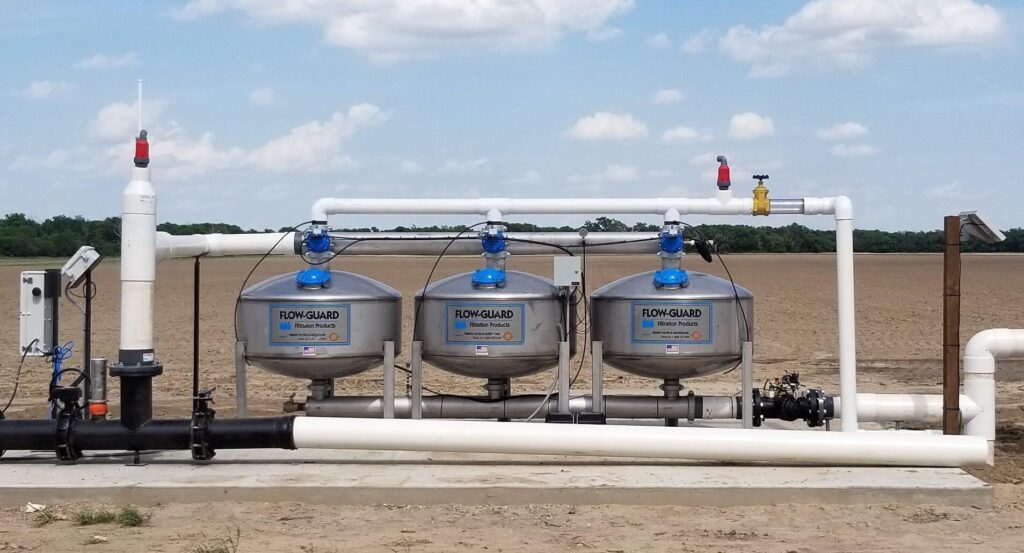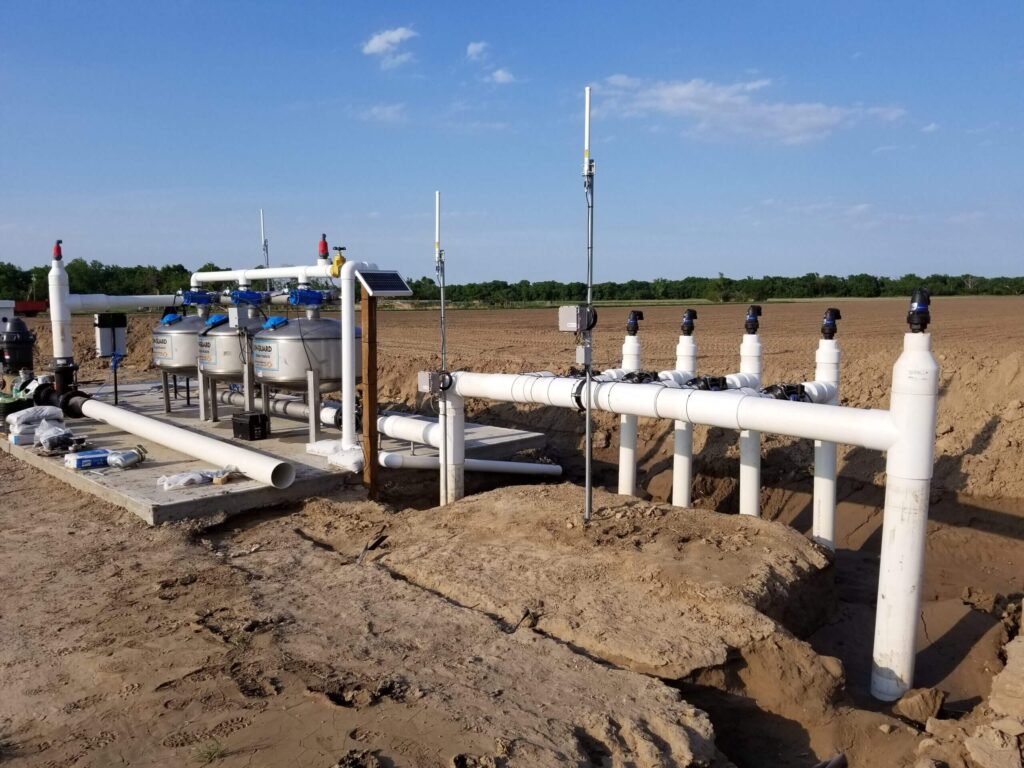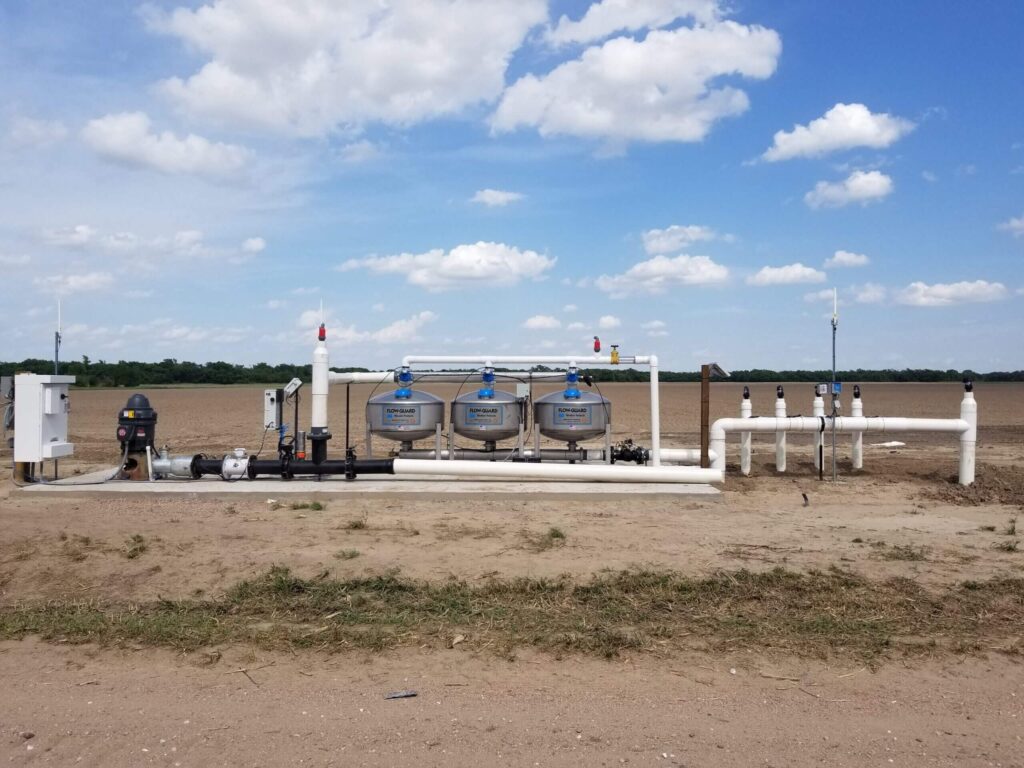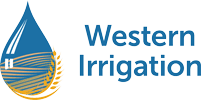Agriculture and Water Management: A Necessity in Modern Farming
Farming has been an essential source of food and livelihood for centuries, but with the increasing global population and the challenges posed by climate change, modern agriculture is facing unprecedented struggles. From droughts to floods and depleting water sources, farmers are dealing with unpredictable weather patterns that directly affect their crops. In light of these pressing issues, it is crucial to delve into effective agriculture and water management to ensure sustainable farming practices and secure our future food supply. As we explore this topic in more depth, let’s understand why efficient water management is not just a fancy concept but a necessity in modern farming.

The Importance of Water Management in Agriculture
Water, a life-sustaining resource, holds a pivotal position in agriculture. Efficient water management addresses the critical balance between ensuring crop productivity and conserving a vital environmental resource. It is a cornerstone of sustainable farming, which seeks to optimize water use, reduce waste, and mitigate the impact of water scarcity.
According to the United Nations, nearly 700 million people in 43 countries suffer from water scarcity today. By 2025, it’s projected that two-thirds of the world’s population could be living under water-stressed conditions. These statistics underscore the imperative of effective water management for our survival and the continuity of food production.
Agriculture, which consumes about 70% of global freshwater, is significantly impacted by water scarcity. Droughts can severely affect crop yields, leading to food shortages, skyrocketing prices, and even famine in severe cases. Floods, on the other hand, can cause significant soil erosion and loss of crops. Thus, effective water management in farming is not just about resource conservation; it’s about ensuring food security and economic stability in an increasingly uncertain climate.
Traditional vs Modern Practices in Water Management
Traditional practices in water management, although diverse across regions and cultures, typically involve systems that rely heavily on rainfall, employing methods such as furrow irrigation, basin irrigation, or simply watering by hand. These systems, though historically effective, can be unpredictable and inefficient, leading to water wastage and higher susceptibility to drought and other climate-based risks.
On the contrary, modern water management practices leverage sophisticated technology to optimize water usage and mitigate risks associated with climate change. Micro-irrigation techniques, such as drip irrigation and sprinkler systems, deliver water directly to the root zone of the plants, reducing evaporation and runoff. Soil moisture sensors and weather-based irrigation controllers allow for precise watering, ensuring that crops get the right amount of water at the right time. Remote sensing technologies, data analytics, and predictive modeling help farmers anticipate weather patterns and make informed decisions about irrigation. Collectively, these technologies play a substantial role in enhancing water efficiency, boosting crop yields, and promoting sustainable farming practices.

Benefits of Implementing Water Management Techniques
Implementing modern water management techniques in agriculture comes with a plethora of benefits. Primarily, these techniques lead to significant water savings, reducing the strain on our limited freshwater resources. Efficient water use not only conserves a precious resource but also translates to financial savings for farmers in the long run.
Higher crop yields are another significant benefit. By delivering water directly where it’s needed, and in the optimal amount, these techniques can increase crop productivity and ensure a more consistent output, thereby contributing to food security and local economies.
Furthermore, these practices reduce the risks associated with unpredictable weather patterns. With precision irrigation, farmers can adapt to changing conditions more readily, mitigating the impacts of both drought and flooding.
On an environmental level, efficient water management helps prevent soil erosion and degradation, preserving the health and fertility of farmland for future generations. It also reduces the over-extraction of groundwater, helping maintain the balance of aquatic ecosystems.
Lastly, data from soil sensors and remote sensing technologies can provide valuable insights into the health of crops and soil, enabling farmers to make proactive decisions and implement timely interventions. These technologies also support long-term planning, informing strategies for crop rotation and field management.
In summary, implementing modern water management techniques is an investment in the future – of agriculture, of our environment, and of food security worldwide.
Types of Water Management Strategies
Several water management strategies have emerged to address the needs of modern agriculture. Let’s dive into some of the most effective ones:
- Drip Irrigation: This system delivers water directly to the root zone of plants, reducing wastage from evaporation or runoff. It is ideal for regions with water scarcity due to its efficiency.
- Sprinkler Irrigation: Similar to natural rainfall, this technique sprays water into the air over the crops. It’s particularly effective in flat areas with sandy soil where water can be absorbed quickly.
- Subsurface Irrigation: This involves applying water below the soil surface, directly to the root zone. It conserves water by minimizing evaporation and reducing the leaching of nutrients from the soil.
- Center Pivot Irrigation: This technique involves rotating equipment around a pivot and spraying water over crops. It’s best for larger, circular fields.
- Soil Moisture Sensors: These devices measure the moisture level in the soil, allowing farmers to water their crops precisely when needed, reducing waste.
- Weather-Based Irrigation Controllers: These systems use data from weather predictions to determine the optimal time and amount for irrigation, promoting water efficiency.
- Aquaponics and Hydroponics: These soilless growing techniques use water infused with nutrients to grow crops, using considerably less water than traditional soil-based methods.
Each of these strategies has its unique advantages, and the choice of method often depends on the specific conditions and needs of the farm, as well as the available resources and technologies. Implementing the appropriate water management strategy is a crucial step towards sustainable and efficient agriculture.

Steps to Incorporate Water Management Into Your Farming Practices
Incorporating water management into your farming practices involves several key steps:
- Assess the Current Situation: Start by evaluating your current water usage, irrigation methods, and soil conditions. Look for areas of inefficiency or waste.
- Identify Appropriate Techniques: Based on your conditions and needs, identify the water management strategies that would be most beneficial. This may include one or more of the methods previously discussed, like drip irrigation, sprinkler systems, or soil moisture sensors.
- Create a Plan: Develop a detailed plan outlining how and when the new strategies will be implemented. This should include a timeline, budget, and any necessary training for staff.
- Invest in Necessary Equipment: Purchase or lease the requisite technology or equipment to implement your chosen techniques. Remember to factor in ongoing costs such as maintenance and repairs.
- Implementation: Gradually implement the new methods, monitoring closely for any issues or adjustments needed. Be prepared for a learning curve and some initial challenges.
- Monitor and Adjust: Regularly monitor the effectiveness of the new strategies and adjust as necessary. Use data from soil sensors or weather predictions to make informed decisions and optimize water usage.
- Continuous Learning and Improvement: Stay updated on the latest technologies and strategies in water management. Attend workshops or training programs, and be open to tweaking your methods as new techniques or information become available.
By following these steps, you can make your farming practices more sustainable, efficient, and resilient to environmental changes. Sustainable water management is not only beneficial for the environment but can also lead to significant cost savings and improved crop yields in the long run.
In conclusion, water management is a crucial aspect of modern agriculture that has numerous benefits. It promotes sustainability, efficiency, and resilience in farming practices while also conserving resources and safeguarding the environment. By implementing appropriate techniques and continuously learning and improving, we can ensure a secure food supply for future generations. Let’s work towards making water management an integral part of our agricultural practices. Together, we can build a more sustainable and food-secure world.
